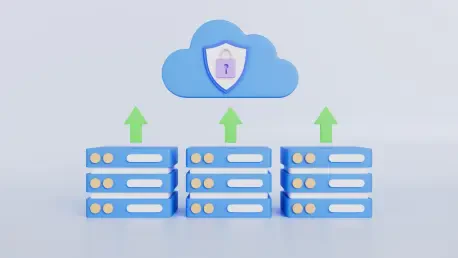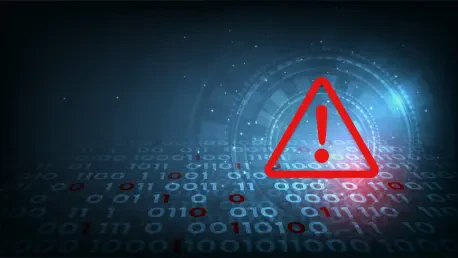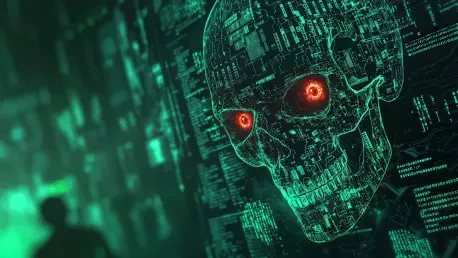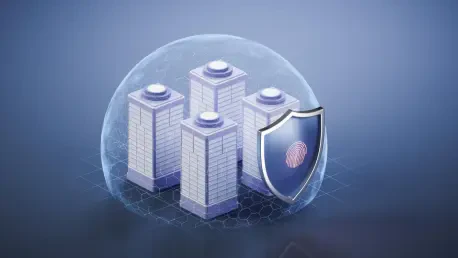In today's fast-paced technological landscape, traditional benchmarks that once defined the growth and capabilities of computing are being outstripped by the very innovations they aimed to gauge. Where Moore's Law once highlighted the inexorable rise in computing power, and the Turing

In a digital era marked by transformative technological advancements, the intersection of artificial intelligence (AI) and hybrid cloud infrastructure presents a compelling frontier for cybersecurity and IT management. Amid increasing concerns about data breaches and the strain of burgeoning AI

In the digital realm where cybersecurity once primarily focused on safeguarding data and networks, another formidable threat has re-emerged with renewed complexity: hacktivism. Originating in the 1990s, hacktivism served as a form of digital protest against authoritative entities, employing tactics

In the current digital landscape, organizations face increasingly complex and persistent cyber threats that demand proactive and intelligent security measures. As cybercriminals continue to refine their tactics, the potential for damage from cyber attacks has never been higher. This evolving threat

The pursuit of stronger and more adaptive cybersecurity measures has led many organizations to explore zero trust architecture (ZTA) as a promising solution. This approach deviates from traditional security models that mainly focus on perimeter security, thus better tackling contemporary challenges

Today's digital landscape has seen an increased reliance on remote access tools and Internet of Things (IoT) devices within corporate environments. While tools like TeamViewer and AnyDesk enhance productivity by facilitating seamless operational processes, they inadvertently introduce security
1 2 3 4 5 6 7 8 9 10 11 12 13 14 15 16 17 18 19 20 21 22 23 24 25 26 27 28 29 30 31 32 33 34 35 36 37 38 39 40